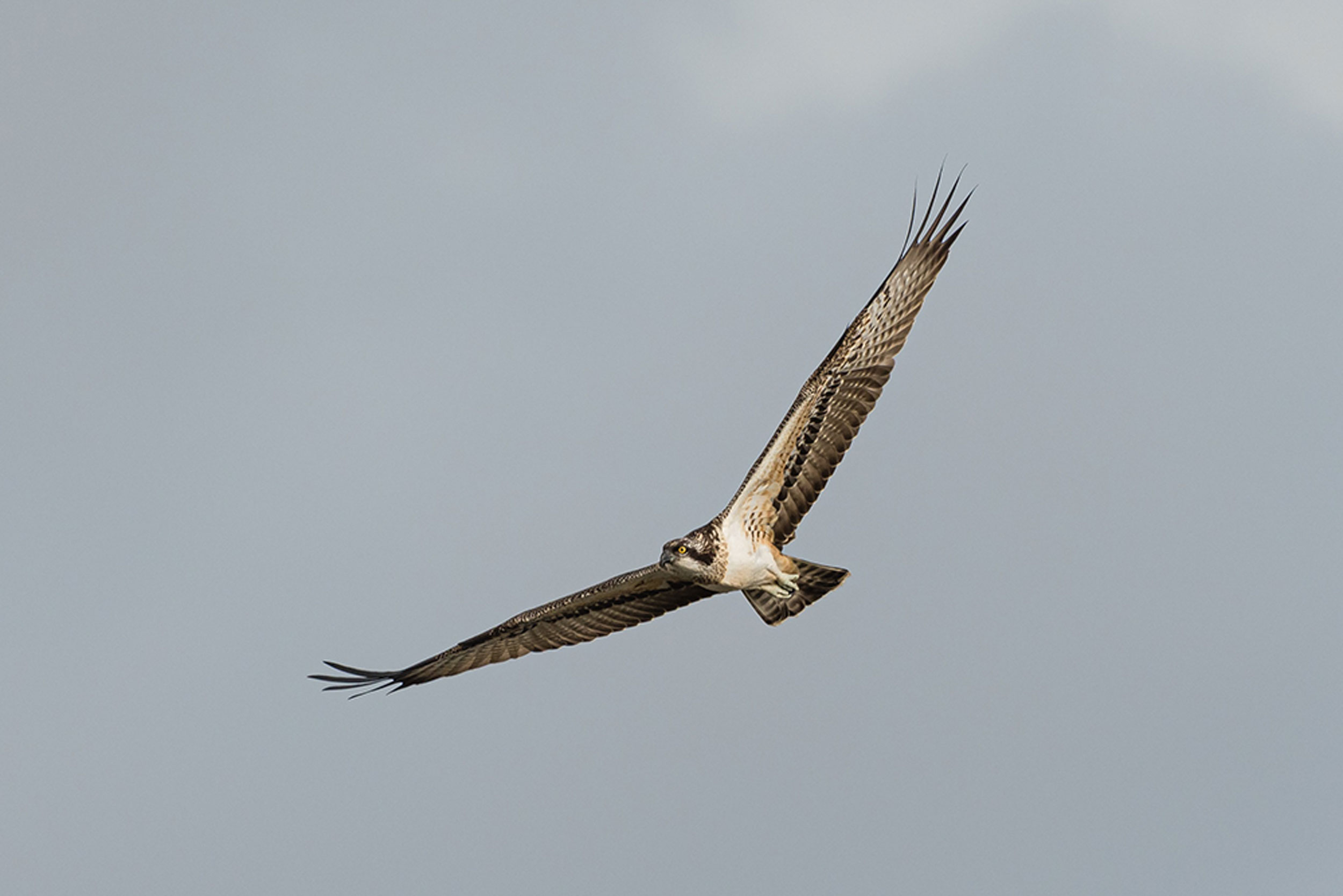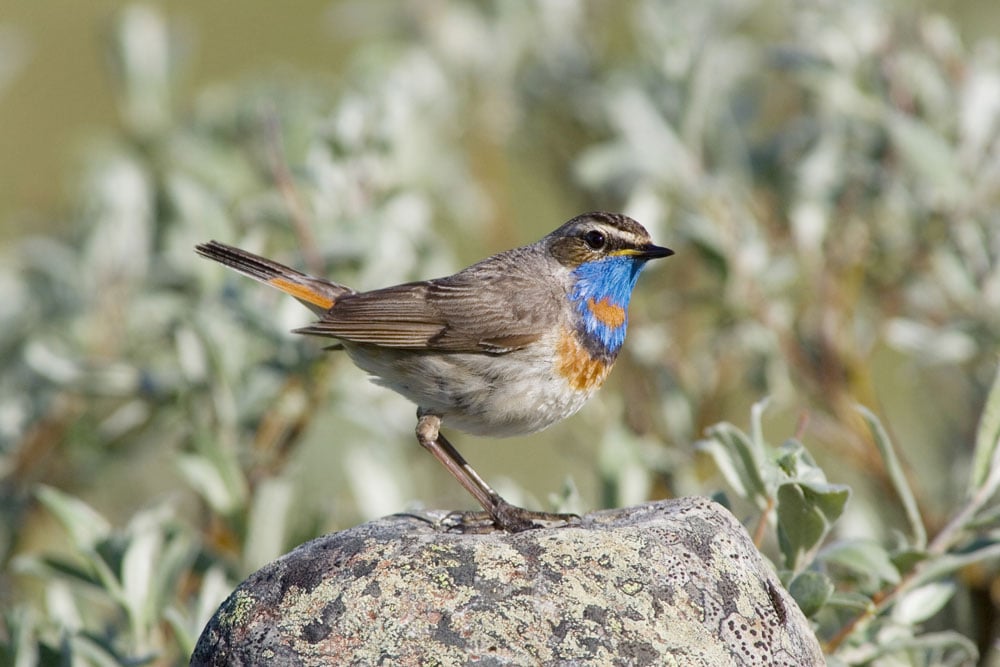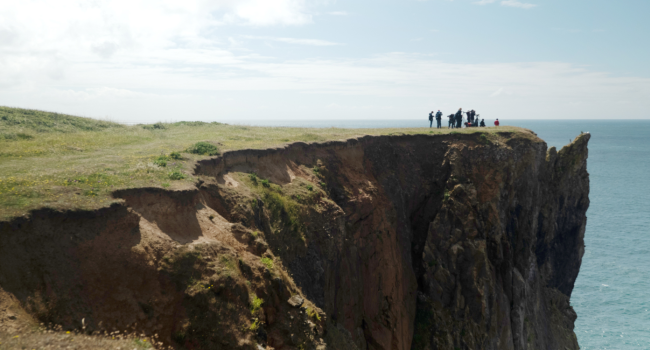
BirdTrack migration blog – spring 2024 round up
Be the first to commentWhat a spring it has been! Warm southerlies in mid March got the spring migration ball rolling with the arrival of Sand Martins, Little Ringed Plovers and Wheatears, and the first returning Osprey to Rutland Water. With warm southerly airflow there is always a chance of an overshooting migrant from further south, but I don’t think Britain’s earliest Western Subalpine Warbler was on anyone’s radar.
The southerly airflow continued as March progressed and summer migrants arrived in force. Early migrants such as Swallows, House Martins, Willow Warblers and Sedge Warblers were reported from several counties.
Easterly winds at the end of the month provided classic conditions for the arrival of Little Gulls – during easterly airflows, Little Gulls heading for their eastern European breeding grounds often get ‘drifted’ west, arriving in Britain before heading back east again. These ‘drift’ conditions also saw a mini-arrival of Hoopoes and singles of Red-rumped Swallow and Alpine Swift.
Cold, wet weather across southern Europe during the first few days of April slowed things down a little as birds moving north found conditions challenging but, by the end of the first week, improving weather saw birds on the move again. With southerly winds, more summer migrants returned, including mass arrivals of Nightingales, Whitethroats, Grasshopper Warblers and Reed Warblers, and the finding of at least 20 overshooting Hoopoes.
As the southerlies became stronger, an astonishing arrival of Golden Orioles occurred. As a species, Golden Oriole doesn’t usually arrive until the first few days of May, making the 20-plus mid April birds unprecedented. The BirdTrack historical and latest year reporting rate graph puts this early arrival into context.
Along with the Golden Orioles, there was a large arrival of Whinchats and a mini-influx of southern herons that included at least 11 Purple, four Night and a single Squacco Heron.
Often spring migration steps up a gear in May, and this May delivered in style. Migration enthusiasts look forward to easterly winds during May, though they are often disappointed. However, with the airflow turning east and staying there for most of the month, May this year provided a spectacle that will long be remembered.
Whilst common migrants continued to arrive, the focus was very much on ‘drift’ migrants. Early May saw the finding of Britain’s first Alpine Accentor in a landlocked county (Buckinghamshire). Two stunning Collared Flycatchers were also found, but it was the arrival of large numbers of common migrants in the north that set pulses racing. Pied and Spotted Flycatchers, Redstarts, Lesser Whitethroats, Wheatears, Ring Ouzels, Bluethroats, Red-backed Shrikes, Icterine Warblers and more arrived en masse, breaking records for the numbers encountered, only for those records to be broken again a few days later.
In these conditions, there is always the chance of something very rare turning up but I don’t think anyone would have dreamt of Britain and Ireland’s (and indeed the Western Palearctic’s) first Indian Golden Oriole, found on Holy Island. Some might argue that Britain’s first Booted Eagle was long overdue, but the finding of a dark morph bird moving with Red Kites in Cornwall has finally laid that one to rest. The title of ‘bird of the spring’ may well go to the Yellow-crowned Night Heron found in Ireland. However, this spring will go down in the annals of history as amongst the very best for the large numbers of ‘drift’ migrants encountered.
Check out the BirdTrack reporting rate graphs for a flavour of this spring and, although it might feel that spring migration is over, keep an eye on BTO’s satellite-tagged Cuckoos because they are already beginning to move south. Following them as they migrate and looking at the conditions they encounter, be it strong winds, high temperatures or storms, fills me with awe for the journeys migrant birds like these undertake every year.
Send us your records with BirdTrack
Help us track the departures and arrivals of migrating birds by submitting your sightings to BirdTrack.
It’s quick and easy, and signing up to BirdTrack also allows you to explore trends, reports and recent records in your area.
Find out more









Share this page